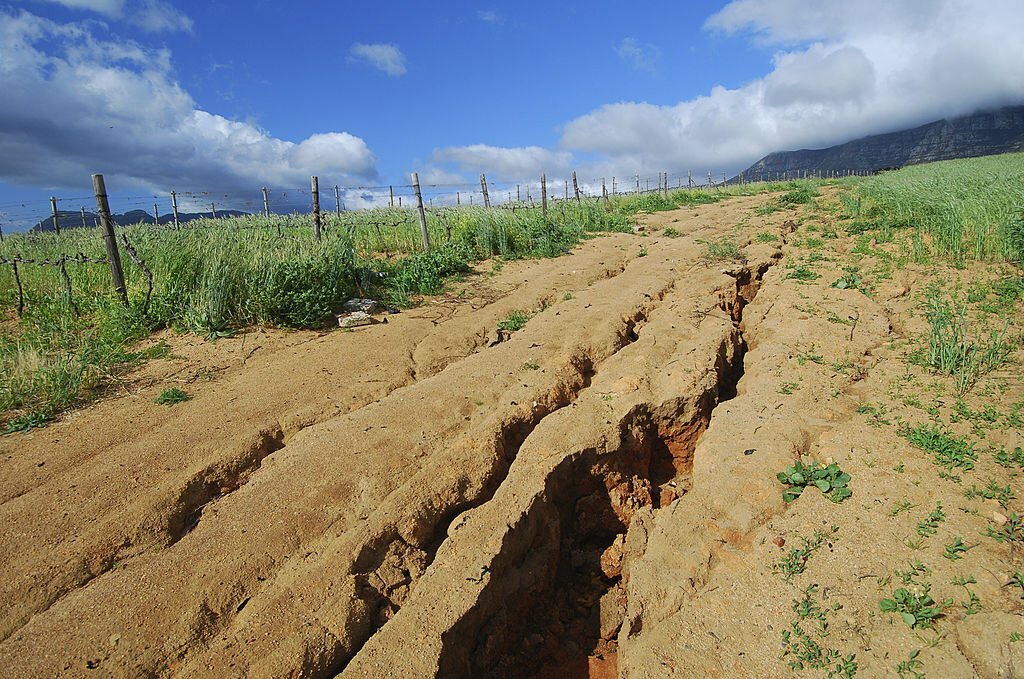Harvesters, an indispensable component of modern agricultural practices, play a pivotal role in enhancing productivity and streamlining crop harvesting. However, their widespread use comes with multifaceted environmental implications that necessitate a comprehensive understanding and proactive mitigation strategies to minimize their ecological footprint. This article delves into the multifaceted implications of using harvesters in agriculture, exploring their impact on soil health, biodiversity, and the overall sustainability of agricultural ecosystems.
Carbon Footprint and Emissions

The extensive utilization of harvesters frequently leads to heightened carbon emissions and environmental contamination, intensifying the ecological burden and contributing to global climate change. Evaluating and mitigating the carbon footprint attributed to harvesting machinery assumes paramount significance in offsetting the environmental implications and nurturing sustainable agricultural methodologies. Implementation of emission-reducing technologies, adoption of energy-efficient practices, and integration of alternative fuel sources are instrumental in curbing the environmental impact of harvester usage, thus fostering a more ecologically responsible approach within the agricultural sector.
Prioritizing research and development initiatives geared towards eco-friendly machinery, alongside fostering awareness about the environmental repercussions of carbon emissions, can facilitate a concerted effort towards sustainable farming practices that minimize the sector’s contribution to global environmental degradation.
Soil Degradation and Erosion

The mechanized functioning of harvesters holds the potential to induce soil compaction, degradation, and erosion, thereby posing a threat to the sustained fertility and vitality of agricultural terrain. It becomes imperative to introduce conservation techniques and sustainable land management methodologies to safeguard soil integrity, curtail erosion risks, and offset the detrimental environmental consequences associated with mechanized harvesting. Prioritizing practices such as contour farming, terracing, and no-till cultivation not only fosters soil conservation but also promotes water retention capabilities and enhances overall soil structure, thereby fortifying agricultural sustainability and resilience.
Employing precision agriculture techniques, integrating organic matter into the soil, and promoting the cultivation of cover crops further contribute to mitigating the adverse impact of soil compaction and erosion, ensuring the long-term preservation of fertile agricultural lands and fostering environmental sustainability within the agricultural landscape.
Biodiversity Conservation Challenges

The incorporation of harvesters in agricultural activities can inadvertently disrupt local biodiversity, potentially exerting adverse effects on the diverse flora and fauna within agricultural environments. Mitigating these impacts necessitates the adoption of biodiversity conservation measures, including the preservation of natural habitats, the implementation of sustainable agricultural practices, and the integration of precision harvesting techniques. Striving to preserve and restore natural habitats within agricultural landscapes, such as establishing wildlife corridors and designated conservation areas, contributes to the protection of indigenous species and the maintenance of ecological equilibrium.
Embracing sustainable agricultural methodologies, such as crop rotation, integrated pest management, and agroforestry, further supports biodiversity conservation efforts by minimizing the use of harmful agrochemicals and fostering a more harmonious coexistence between agricultural practices and local ecosystems. By advocating for the integration of precision harvesting techniques that prioritize selective harvesting and minimize habitat disturbance, farmers can actively contribute to the preservation of local biodiversity and the promotion of a sustainable and ecologically balanced agricultural ecosystem.
Resource Utilization and Waste Management

Maximizing resource efficiency and implementing robust waste management protocols play a pivotal role in curbing the environmental impact of harvester operations. Prioritizing optimal resource allocation, such as minimizing water usage and energy consumption during harvesting, fosters sustainable resource utilization practices that mitigate the ecological footprint of agricultural activities.
Responsible waste disposal practices, including the proper management of agricultural residues and the adoption of recycling initiatives, significantly contribute to reducing environmental pollution and promoting a more sustainable agricultural ecosystem. Embracing the principles of a circular economy, wherein resources are recycled, repurposed, and reintegrated into the production cycle, not only minimizes resource wastage but also fosters a more eco-conscious approach to harvesting practices. By encouraging the adoption of sustainable resource management practices and advocating for the implementation of circular economy principles, the agricultural sector can actively contribute to the conservation of natural resources and the preservation of a healthier and more sustainable environment for future generations.
As the agricultural landscape continues to evolve, comprehending the ecological implications of harvester use remains crucial in fostering sustainable farming practices and preserving environmental integrity. By acknowledging the intricate interplay between harvester operations and the surrounding ecosystem, the agricultural sector can proactively implement conservation measures, sustainable land management practices, and eco-friendly initiatives that minimize the environmental footprint of harvesting activities. Integrating precision techniques, advocating for biodiversity conservation, and promoting resource-efficient practices not only mitigate the environmental repercussions of harvester usage but also contribute to the preservation of soil fertility, biodiversity, and overall ecological balance within agricultural landscapes. Through a concerted effort to prioritize eco-conscious methodologies and foster heightened environmental awareness, the agricultural sector can play a pivotal role in cultivating a more sustainable and resilient ecosystem, ensuring a harmonious coexistence between agricultural productivity and ecological preservation for the benefit of present and future generations.
To gain comprehensive insights into the environmental impacts of utilizing harvesters in agriculture, visit the Boom and Bucket website. Explore our in-depth resources on ecological sustainability, conservation practices, and eco-friendly methodologies, offering valuable knowledge for fostering environmentally responsible farming practices and promoting a sustainable agricultural ecosystem.

